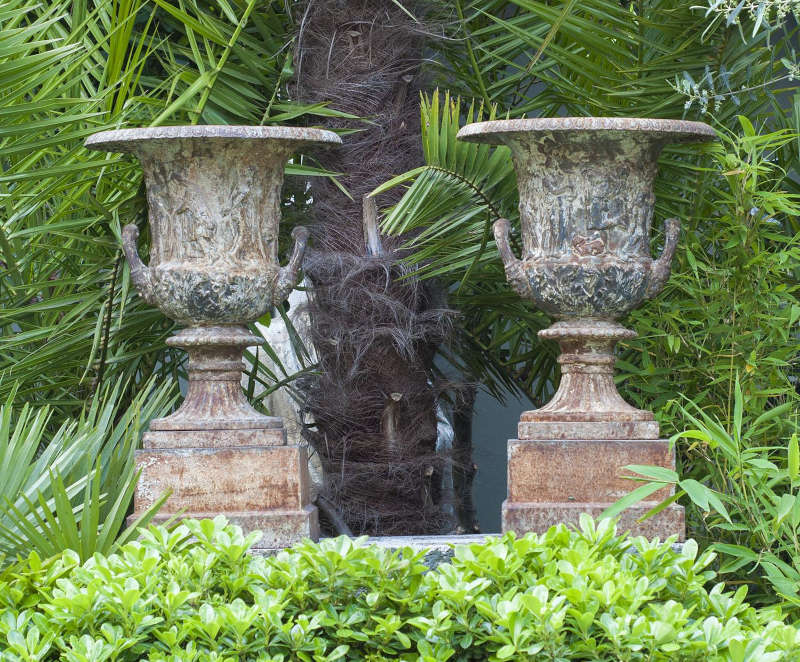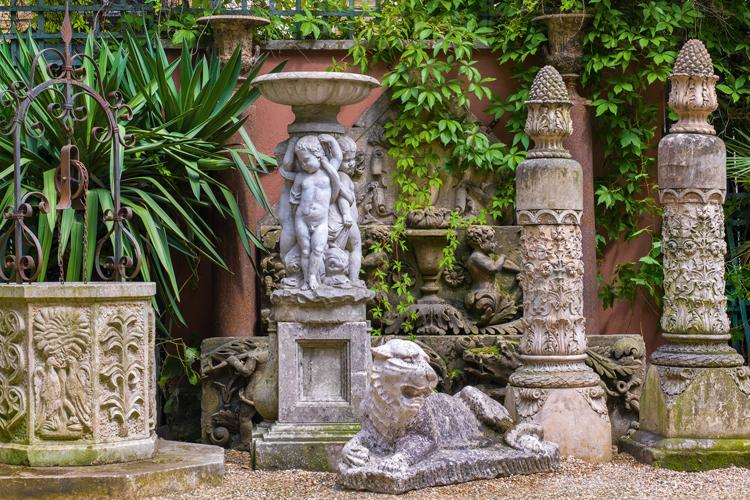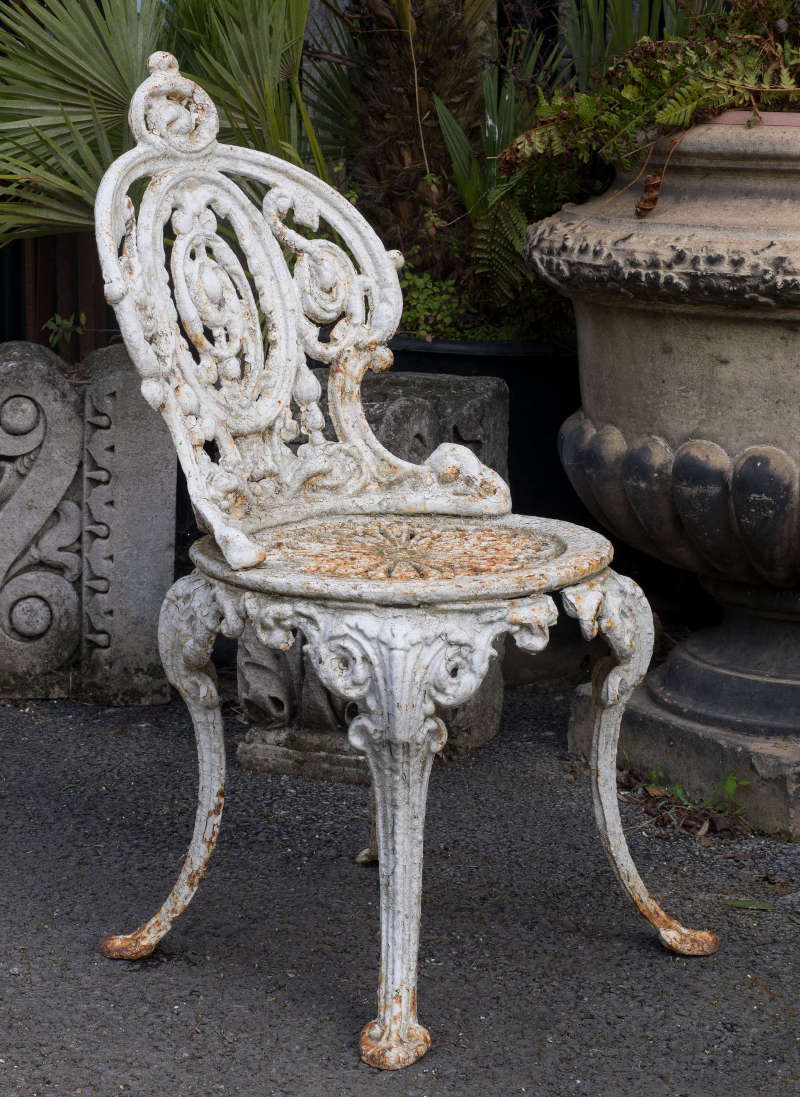It prioritised sentimentality and natural space, so inevitably, Romantic trends were reflected in garden design
The Victorian era inspired a style of gardening that left a lasting impression on the landscape of British gardens. Follow these simple tips to create your own Victorian garden design!
When creating a Victorian garden, several popular culture references may come to mind. You may think of meandering hedges from Frances Hodgson Burnett’s The Secret Garden, or Monet’s series of water lily paintings.
Indeed, both of these emblems provide a great basis for creating an authentic Victorian garden. These aesthetics were born out of a post-Romantic appreciation of natural life.
Victorian garden design is intertwined with the Romantic era. Romanticism was a highly influential movement, circa 1800-1850, that influenced art, poetry and intellectual thinking.
It prioritised sentimentality and natural space, so inevitably, Romantic trends were reflected in garden design. Think of Wordsworth’s Daffodils or Keats’ To Autumn and you’ll understand the correlation between poetry and nature.
As a trend, gardening boomed in the Victorian era. Wealthy folk had the money and land to create large, lavish gardens, and the middle class also had enough time on their hands to craft open spaces.
This, coupled with a newfound appreciation for nature, sparked a gardening trend that would influence British gardens for centuries to come.
If you’re designing your own Victorian garden, get into a Romantic headspace and follow these basic principles:

× 
The main event - the lawn
When designing a Victorian garden, begin with the lawn as a focal point
Victorian garden design revolves around the lawn. Though lawns are now mainstays of British home exteriors, the Victorians set this trend into motion.
When designing a Victorian garden, begin with the lawn as a focal point. Plant grass in well-lit areas in your Victorian front garden or wherever you have open space.
Formal flower beds
Contemporary instinct may be to add potting plants to any outdoor space, but that’s not the Victorian method. As much of Victorian entertaining was formalised, this formal taste is woven into floral design, somewhat at odds with Romantic fluidity.
Victorian flower beds were much influenced by Gertrude Jekyll. Jekyll was a famous Victorian gardener and wrote several gardening books.
She cultivated the ‘herbaceous border’, which allowed every flower to be seen. This style of flower bed uses shorter stems at the border of the flower bed and tapers upwards into taller plants, so that no bloom is hidden.
Jekyll was known for mixing colours and heights to create texture within flower beds. However, a more commonplace Victorian philosophy would be to use flowers of a similar shade and stem height to create unity.
Fencing a Victorian Garden
Fences served to segment gardens into different zones
Fencing is an important feature in any Victorian garden, but Victorian fences have a niche appearance. If used, picket fences would be covered in vines or trellis, as Victorians preferred ornate, iron fencing.
Fences served to segment gardens into different zones - think of that meandering ‘secret garden’. Hedges and natural gateways were also used to this end, with vines and roses enhancing gateways.
A Garden Full of Victorian Ornaments
It’s no surprise that nature was encouraged to flourish in the Romantic garden space
No Victorian garden is complete without ornaments. As gardens were often extensions of wealthy homes, ornaments spilled into outdoor spaces as demonstrations of wealth and prestige. Victorians took pleasure in peppering their gardens with penchants, fountains and bell jars.

× 
Some popular Victorian garden ornaments include:
Bird baths
It’s no surprise that nature was encouraged to flourish in the Romantic garden space. Bird baths act as a focal lawn feature and can be incorporated into floral displays.
Statues
Coade stone was first formulated in the late eighteenth century, and Victorians used it to their full advantage. Fired twice, this matte finish stone was used to model statues, urns and pedestals in Victorian gardens.
Most statues featured the human body or odes to sentimentality and love.
Gazing Balls
Gazing balls made their way into many Victorian water features, serving to reflect the colour of the garden within the water.
Obelisks
Continuing in the cast iron theme, obelisks were used within floral displays to add dimension and height to the garden.

× 
Tip: You can find a selection of authentic Victorian garden ornaments from your trusted antique specialist.
We've also previously written about how to use architectural antiques in your garden.
We have some wonderful examples of Victorian antiques in our collection, such as Victorian fireplaces. Browse our collection or get in touch with us to find out more.
If you want to give your house a more Victorian look on the inside read our tips on Victorian interior design.